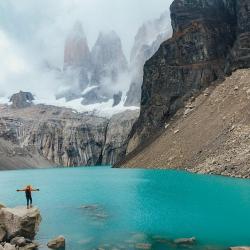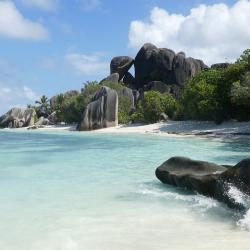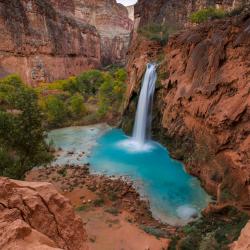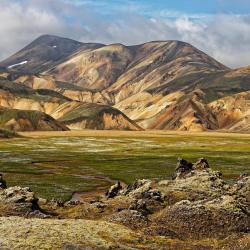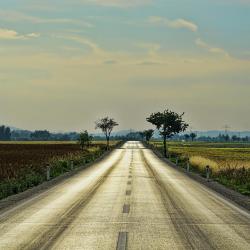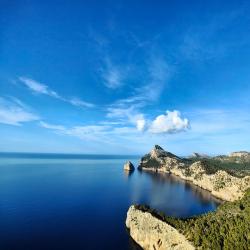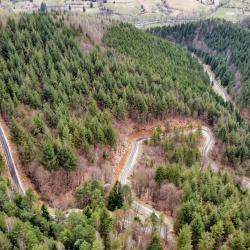The Best Wildlife Sanctuaries to Visit
Visiting wildlife sanctuaries offers a unique opportunity to witness the majesty of nature and the diverse species that inhabit our planet. These protected areas not only serve as a haven for animals and plants but also as crucial arenas for conservation efforts. For nature enthusiasts, here’s a guide to some of the best wildlife sanctuaries around the world that promise unforgettable experiences.
1. Masai Mara National Reserve, Kenya
The Masai Mara is world-renowned for its annual wildebeest migration, often referred to as "The Great Migration." Between July and October, millions of wildebeest, zebras, and gazelles move across the plains in a spectacular display. Besides this natural phenomenon, the reserve is home to the Big Five—lions, elephants, rhinos, leopards, and buffalo—making it a premier destination for safari lovers.
2. Galápagos National Park, Ecuador
The Galápagos Islands inspired Charles Darwin’s theory of evolution, and the archipelago remains a top choice for wildlife viewing. Located nearly 1,000 km off the coast of Ecuador, it hosts a variety of unique species such as the giant tortoise, marine iguana, and blue-footed booby. The islands' isolated location has allowed its flora and fauna to evolve without much human interference, offering a glimpse into untouched ecosystems.
3. Ranthambore National Park, India
Ranthambore is the best place in India to see the majestic Bengal tiger in its natural habitat. Located in Rajasthan, this sanctuary offers the chance to see these magnificent creatures along with leopards, striped hyenas, and over 300 bird species. The park is dotted with ancient ruins, creating a picturesque backdrop for wildlife viewing.
4. Yellowstone National Park, United States
As the first national park in the world, Yellowstone is a revered destination for wildlife enthusiasts. Home to North America’s largest concentration of mammals, including bison, grizzly bears, wolves, and elk, the park is a treasure trove for those wanting to immerse themselves in the wild. Yellowstone’s geothermal features, like Old Faithful geyser, add another layer of wonder to any visit.
5. Kakadu National Park, Australia
Kakadu is Australia's largest national park and a World Heritage site that protects thousands of plant and animal species, including saltwater crocodiles, wallabies, and over 280 bird species. The park is also rich in Aboriginal culture, with rock art galleries that date back thousands of years. The vast landscapes range from wetlands to sandstone escarpments, offering diverse wildlife experiences.
6. Amazon Rainforest, Brazil
The Amazon is the world's largest tropical rainforest and is unmatched in its biodiversity. Travelers can explore this vast wilderness primarily from the Brazilian city of Manaus. River cruises offer a glimpse of the jungle's heart, from pink river dolphins to jaguars and countless bird species. The Amazon is crucial to global ecology, and a visit here underscores the importance of preserving this vital environment.
7. Białowieża Forest, Poland and Belarus
As Europe's last primeval forest, Białowieża offers a journey back in time to an untouched wilderness. This UNESCO World Heritage site is known for its population of European bison. Walking or biking trails allow visitors to explore the dense forest that straddles the border between Poland and Belarus.
Conclusion
Wildlife sanctuaries are vital for the conservation of our planet's biodiversity and provide a haven for species at risk of extinction. These destinations not only offer a glimpse into the beauty and variety of the natural world but also emphasize the importance of protecting these spaces for future generations. Whether you’re tracking gorillas in Africa or photographing exotic birds in the Amazon, each sanctuary offers a unique window into the wild that should be experienced at least once in a lifetime.


